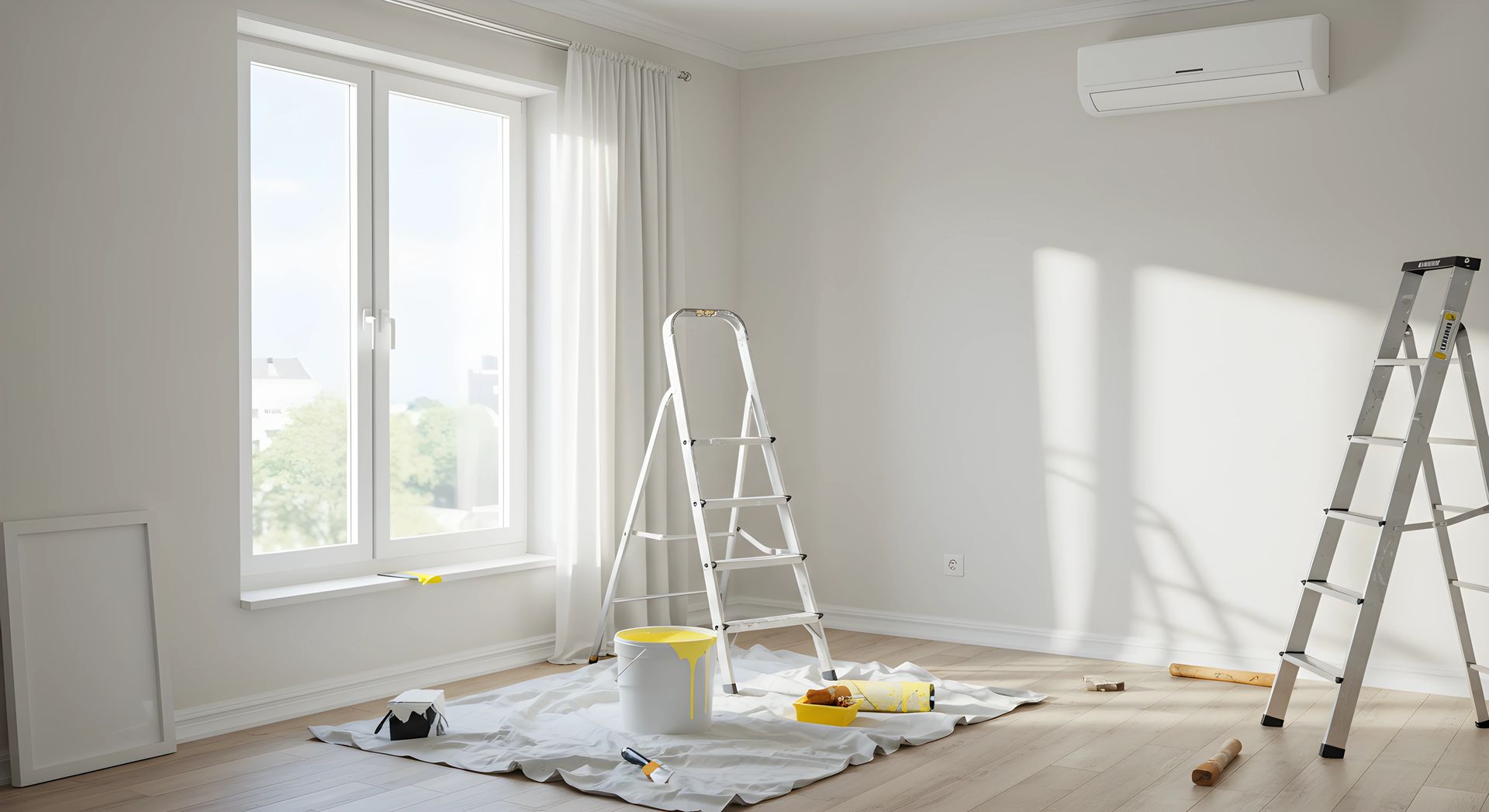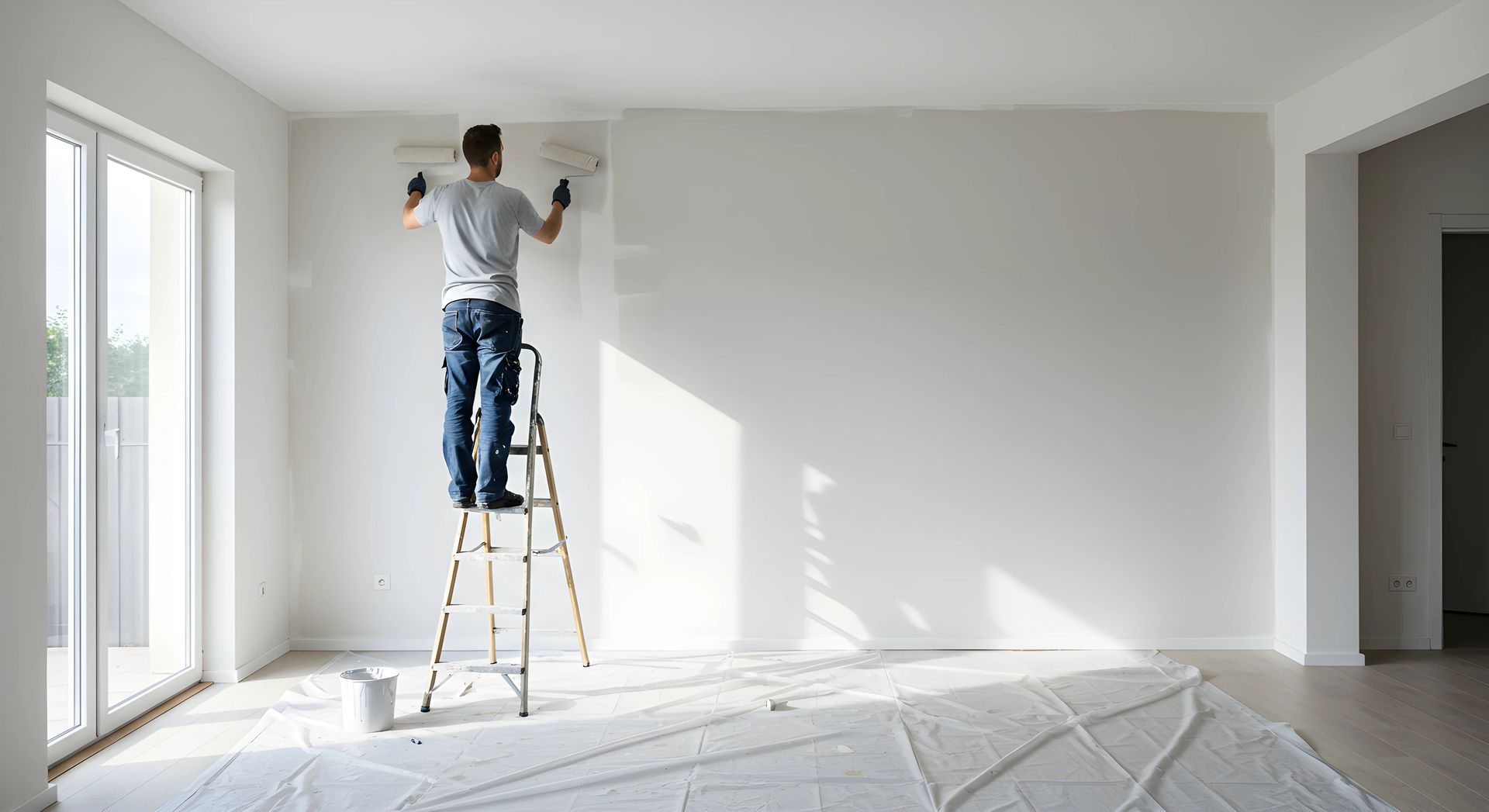Factors Affecting the Cost of House Painting Projects
House painting
can be an exciting project that not only improves its appearance but also protects it from the elements. However, several factors can influence the cost of such a project. Understanding these factors can help you estimate the cost more accurately and plan your budget effectively.
Size of the House:
The size of your home is a critical factor in determining the cost of painting. Larger homes require more paint and more time to complete, which can increase the overall cost.
Condition of the Surfaces:
The condition of the surfaces to be painted is another crucial consideration. Surfaces with cracks, holes, or other damage may require additional preparation work, adding to the cost.
Type of Paint: The type of paint you choose can also impact the cost. While high-quality paints may cost more initially, they can provide better coverage and durability, potentially saving you money in the long run.
Number of Coats:
The number of coats of paint needed will affect the cost. Darker colors or significant color changes may require more coats, increasing the overall cost of the project.
Accessibility:
The accessibility of your home can influence the cost. Homes with hard-to-reach areas, such as high ceilings or intricate architectural features, may require more time and effort to paint, increasing the cost.
Labor Costs:
Labor costs can vary based on the region and the experience level of the painters. Hiring experienced painters may cost more initially, but they can provide a higher-quality finish.
Additional Services:
Additional services, such as priming, trim painting, or pressure washing, will add to the overall cost of the project.
Seasonal Factors:
Seasonal factors can also impact the cost. Painting contractors may be busier during certain times of the year, which can affect pricing. Additionally, painting during extreme temperatures or inclement weather may require additional precautions, increasing the cost.
By considering these factors, you can better estimate the cost of painting your house and plan your budget accordingly.



